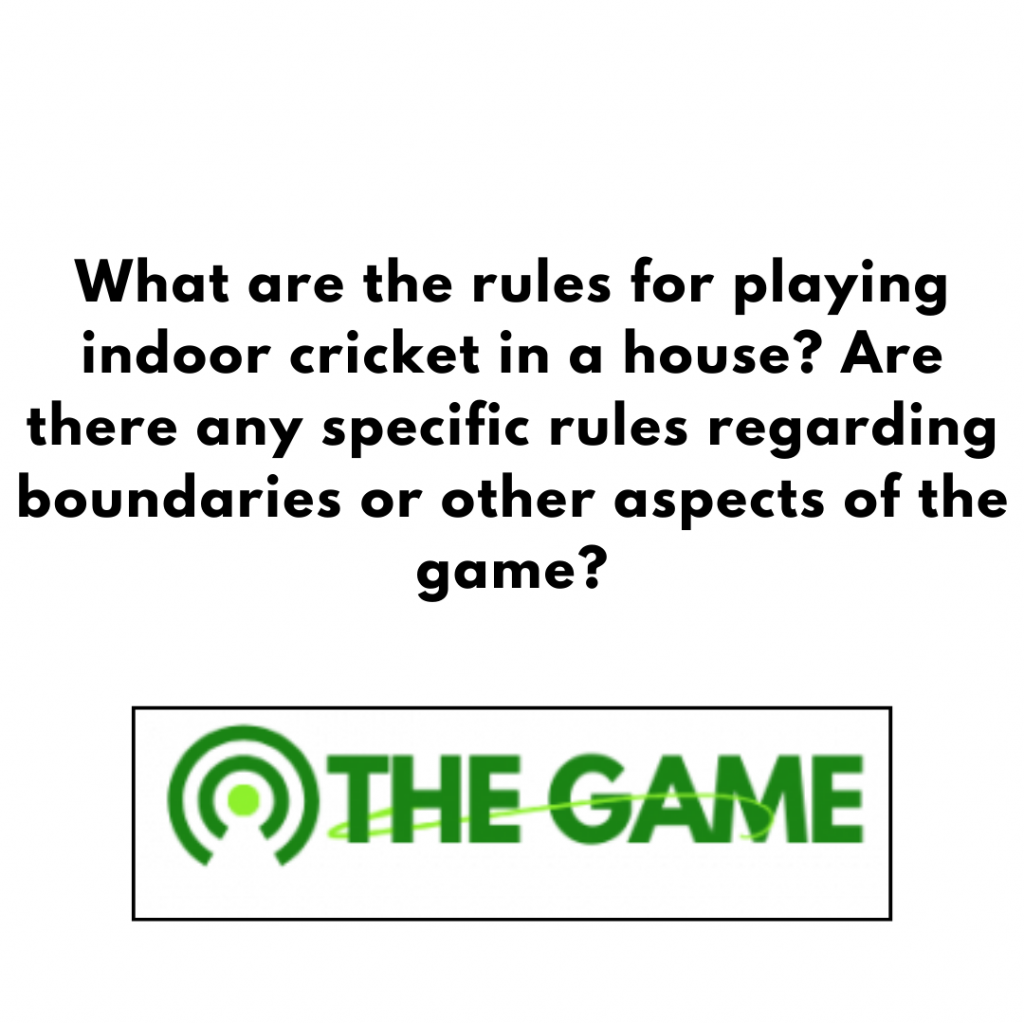Answer | Engaging in physical activities through sports, whether indoors or outdoors, is essential for maintaining a healthy and active lifestyle. Tennis, badminton, and table tennis are three popular sports that can be enjoyed both recreationally and competitively. Whether you are looking to play indoors due to weather constraints or seeking the thrill of outdoor courts, numerous facilities are available for each sport.
In this article, we will explore the availability and features of indoor and outdoor game facilities for tennis, badminton, and table tennis. We will discuss how these sports are catered to across different environments, the types of facilities you can expect, and what to look for when choosing a location to play.
Tennis: Indoor vs. Outdoor Facilities
Outdoor Tennis Facilities
Tennis is traditionally an outdoor sport, with courts designed for play under the open sky. Outdoor tennis courts can be found in parks, recreational centers, schools, and country clubs. Many cities and communities maintain public tennis courts, which are often free to use or available for a small fee. These courts are typically made of asphalt, clay, grass, or hard surfaces, each offering a different playing experience.
- Clay Courts: Clay courts slow down the ball and make for longer rallies. Facilities with clay courts are often more challenging to find, and they require more maintenance due to weather conditions affecting the clay’s quality. These courts are common in European countries, especially for professional tournaments like the French Open.
- Grass Courts: Grass courts offer a faster-paced game. These courts are relatively rare and are mostly found in exclusive clubs or high-end facilities due to the extensive care needed to maintain the grass. The most famous example is the All England Club, home of the Wimbledon tournament.
- Hard Courts: The majority of public and private tennis courts are hard courts, made from asphalt or concrete with an acrylic surface. Hard courts are durable, easy to maintain, and provide a moderate speed of play, making them popular in recreational and professional play alike.
Outdoor tennis facilities are often equipped with lighting to allow for night games, wind screens to reduce interference, and seating areas for spectators. Larger facilities may also include locker rooms, rest areas, and pro shops where players can rent or purchase equipment. If you’re looking for outdoor tennis facilities, you can usually find them in your local park, community center, or private clubs that offer memberships.
Indoor Tennis Facilities
Indoor tennis courts are ideal for players looking to practice or play regardless of the weather. These courts are typically housed in large buildings or sports complexes with temperature-controlled environments, ensuring optimal conditions for play all year round. Indoor courts are usually made from the same materials as outdoor courts (hard, synthetic, or clay) but are often cushioned to reduce joint strain, making them more comfortable for prolonged play.
Read Something Interesting About What are the rules for playing indoor cricket in a house? Are there any specific rules regarding boundaries or other aspects of the game?
Facilities with indoor courts can range from small, private courts to larger complexes with multiple courts, fitness centers, and professional coaching services. These facilities may also offer additional amenities, including ball machines for practice, training programs, and clinics for different skill levels. Indoor tennis is especially popular in colder climates, where outdoor play is limited during winter months.
Some high-end indoor tennis centers also provide state-of-the-art tracking systems that analyze player performance, such as shot speed, accuracy, and footwork. These advanced technologies have become common in professional training facilities but are increasingly available in recreational centers.
Badminton: Indoor and Outdoor Facilities
Indoor Badminton Facilities
Badminton is a fast-paced sport that is typically played indoors. The lightweight shuttlecock is highly susceptible to wind, making outdoor play difficult unless there is no breeze. Indoor badminton facilities provide a controlled environment, usually with a wooden or synthetic court, marked with boundaries for both singles and doubles play.
Facilities that offer badminton often cater to both recreational and competitive players. Many gyms, community centers, and sports complexes include badminton courts as part of their offerings. These indoor courts are usually lined with specific measurements according to the sport’s official dimensions and are designed to minimize glare and distractions for players. The flooring is typically cushioned to reduce the impact on players’ joints, particularly during the sport’s quick changes of direction and jumps.
Indoor badminton clubs often offer equipment rentals, training programs, and competitive leagues. These facilities may also host tournaments and provide coaching services for beginners, intermediate, and advanced players. Badminton facilities are also popular in many Asian countries, where the sport enjoys a high level of popularity.
In some locations, large multipurpose sports halls can convert their space to accommodate badminton by laying out temporary courts. This versatility allows for badminton games alongside other indoor activities, ensuring that the sport remains accessible to a wide audience.
Outdoor Badminton Facilities
Though not as common as indoor badminton, outdoor badminton can still be enjoyed, especially in a backyard or park setting for casual play. Since wind greatly affects the shuttlecock’s flight, most organized outdoor badminton facilities are in areas with little to no wind or in protected outdoor enclosures.
Outdoor badminton setups are more informal and are generally used for recreational or family play rather than competitive matches. A simple net can be set up in a backyard, park, or beach area, providing a fun and engaging way to stay active. In many cases, badminton is included in backyard game sets, and families set up makeshift courts for impromptu games during gatherings or picnics.
For competitive play, however, indoor facilities remain the preferred choice, as they offer the controlled environment needed for a fair and balanced game.
Table Tennis: Indoor Facilities
Dedicated Table Tennis Centers
Table tennis, or ping pong, is primarily played indoors, given the lightweight nature of the ball and the importance of controlled conditions. Indoor table tennis centers provide specialized tables that meet the International Table Tennis Federation (ITTF) standards, along with ample lighting and proper flooring for player movement. These facilities cater to both recreational players and professionals, offering well-maintained tables, paddles, and balls.
In countries like China, table tennis is incredibly popular, and many dedicated centers are built specifically for this sport. These centers offer professional coaching, training programs, and even robotic ball feeders that allow solo practice. Table tennis clubs often have multiple tables available for play, along with lounges for players to rest and socialize between matches.
Some indoor table tennis centers provide advanced technologies, such as ball-speed measurement systems and video analysis, to help players improve their skills. These facilities are particularly common in urban areas where outdoor sports space may be limited, but the demand for recreational sports remains high.
Multi-Sport Complexes and Recreational Facilities
Many indoor sports complexes and gyms also offer table tennis as part of their available sports. Community centers, YMCAs, and private clubs often have tables that are open for members and non-members alike. These spaces provide a more casual playing environment, and players of all skill levels can engage in friendly matches or competitions.
Some universities and colleges also feature table tennis tables in their recreational areas, where students can unwind between classes. These tables may not always meet professional standards but provide an accessible and affordable way to enjoy the game.
Outdoor Table Tennis Facilities
While table tennis is primarily played indoors, outdoor table tennis facilities are becoming increasingly popular in parks, schools, and recreational areas. Outdoor tables are made from durable materials like concrete or weather-resistant wood, ensuring that they can withstand rain, wind, and the wear and tear of outdoor environments. Many parks have started installing these tables as a way to encourage community engagement and offer more recreational options for visitors.
These outdoor tables are usually free to use and provide a great way to enjoy the game in a more casual setting. Players can bring their own paddles and balls, and the setup encourages friendly, social matches in public spaces. However, outdoor conditions like wind and weather can significantly affect gameplay, so outdoor table tennis is generally considered less competitive than indoor versions of the game.
Choosing the Right Facility
When deciding where to play tennis, badminton, or table tennis, consider several factors to ensure the facility meets your needs:
- Location and Accessibility: Proximity to your home or workplace is a key consideration when choosing a facility. Outdoor courts may be more widely available in parks and schools, while indoor facilities may require a membership or fee for access.
- Amenities and Services: Many indoor facilities offer additional services such as equipment rentals, coaching, and fitness programs. Some may even have pro shops where you can purchase high-quality gear. If these amenities are important to you, look for facilities that provide comprehensive offerings.
- Cost and Availability: Public outdoor facilities are often free, while indoor courts and private clubs may require a fee or membership. Consider your budget and how often you plan to use the facility when making your choice.
- Skill Level and Community: If you’re a beginner, look for facilities that offer lessons or beginner-friendly environments. More advanced players may seek out facilities that host competitive leagues and tournaments.
Conclusion
Whether you’re looking to play tennis, badminton, or table tennis, there are numerous indoor and outdoor facilities available to cater to your needs. Outdoor tennis courts are widely accessible in parks and recreational centers, while indoor tennis facilities provide a controlled environment for year-round play. Similarly, badminton is most often played indoors due to the sport’s sensitivity to wind, though outdoor setups are still possible for casual games. Table tennis, traditionally played indoors, is also expanding outdoors, providing new opportunities for casual matches in parks and public spaces.
When choosing a facility, it’s important to consider your goals, preferences, and skill level. Whether you seek professional coaching or just want to enjoy a casual game with friends, there’s a facility out there for everyone. With the availability of both indoor and outdoor options, these sports offer great flexibility, ensuring that you can stay active no matter the weather or time of year.


